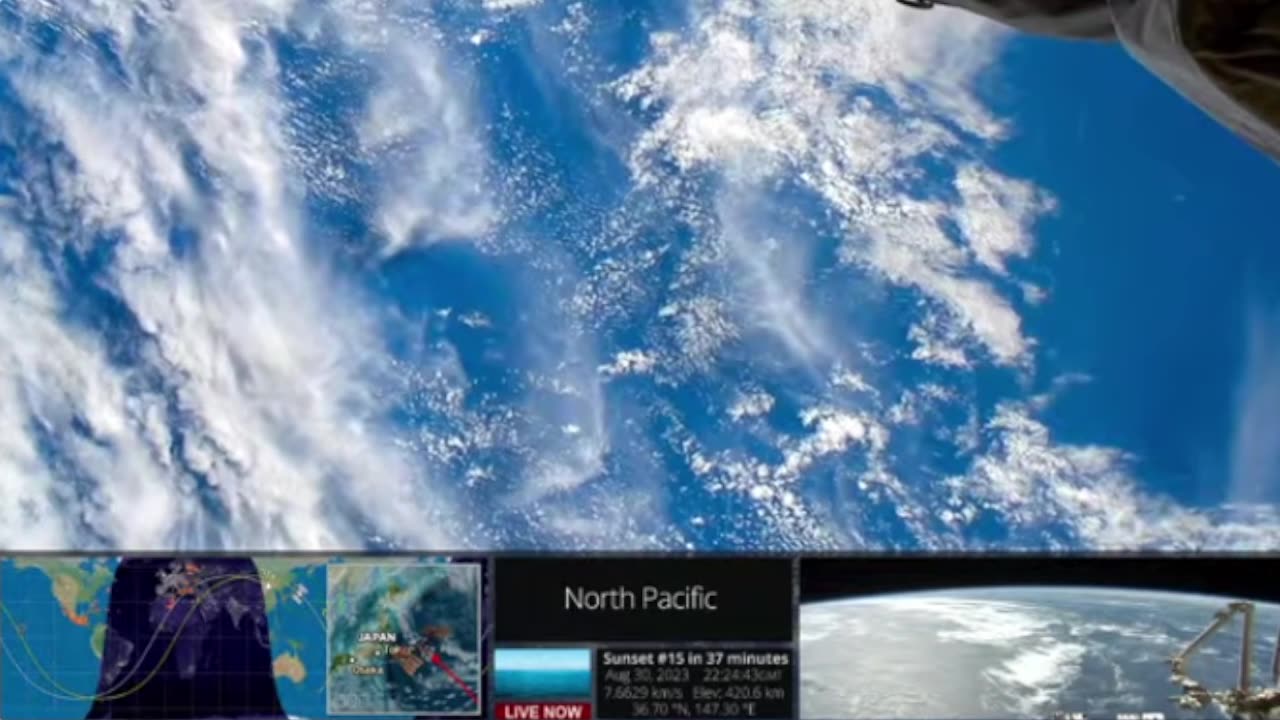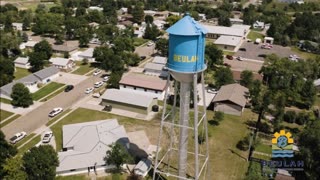Premium Only Content

NASA Live: Official Stream of NASA TV Recorded (08-30-2023)
On Sunday, May 21 at 5:37 p.m. ET (21:37 UTC), Falcon 9 launched Axiom Space’s Axiom Mission 2 (Ax-2) to the International Space Station from Launch Complex 39A (LC-39A) at NASA’s Kennedy Space Center in Florida. Following stage separation, Falcon 9’s first stage landed on Landing Zone 1 (LZ-1) at Cape Canaveral Space Force Station.
Starship is SpaceX's fully reusable launch system which is being developed at Starbase in Cameron County, Texas. Starbase LIVE provides 24/7 coverage of the exciting developments and testing progress.
Experts from NASA’s OSIRIS-REx (Origins, Spectral Interpretation, Resource Identification, and Security–Regolith Explorer) mission give an overview on the asteroid sample capsule’s landing and recovery plans set for Sept. 24, 2023.
News conference participants are:
• Melissa Morris, OSIRIS-REx program executive, NASA Headquarters, Washington
• Dante Lauretta, OSIRIS-REx principal investigator, University of Arizona, Tucson
• Rich Burns, OSIRIS-REx project manager, NASA’s Goddard Space Flight Center, Greenbelt, Maryland
• Sandra Freund, OSIRIS-REx program manager, Lockheed Martin, Littleton, Colorado
• Kevin Righter, OSIRIS-REx deputy curation lead, NASA’s Johnson Space Center, Houston
On Sept. 24, the OSIRIS-REx spacecraft will approach Earth and release its sample return capsule into the atmosphere on a path to land at the Department of Defense’s Utah Test and Training Range. The event makes it the first U.S. asteroid sample return.
The touchdown will mark the end of a seven-year journey to explore asteroid Bennu, collect a sample from its surface, and deliver it to Earth for study. Scientists around the world will study the sample over the coming decades to learn about how our planet and solar system formed, as well as the origin of organics that may have led to life on Earth.
Direct from America's space program to YouTube, watch NASA TV live streaming here to get the latest from our exploration of the universe and learn how we discover our home planet.
NASA TV airs a variety of regularly scheduled, pre-recorded educational and public relations programming 24 hours a day on its various channels. The network also provides an array of live programming, such as coverage of missions, events (spacewalks, media interviews, educational broadcasts), press conferences and rocket launches.
In the United States, NASA Television's Public and Media channels are MPEG-2 digital C-band signals carried by DVB-S2/8PSK modulation on satellite Galaxy 13, transponder 15, at 127 degrees west longitude. Downlink frequency is 4009.00 MHz, horizontal polarization, with a data rate of 36.225 Mbps, symbol rate of 15.000 Msps, and 5/6 FEC. A Digital Video Broadcast (DVB-S2) compliant Integrated Receiver Decoder (IRD) is needed for reception.
NASA
-
 LIVE
LIVE
Game On!
17 hours ago $0.49 earnedTwo 40 Year Old QBs BATTLE It Out On Thursday Night Football!
130 watching -
 1:22:45
1:22:45
Tucker Carlson
11 hours agoTucker & Steve Bannon on Jay Jones’ Desire to Genocide Republican Kids and the Future of the Right
94.8K165 -
 12:21
12:21
Ken LaCorte: Elephants in Rooms
18 hours ago $1.31 earnedWill Trump Take Greenland?
7.47K11 -
 36:57
36:57
RiftTV
10 hours agoPREMIERE: DC Dive with Jordan Conradson | Guest: Ben Bergquam | Pilot Episode #1
15.6K5 -
 8:35
8:35
Faith Frontline
13 hours agoAndrew Huberman Just SHOCKED The World With His Belief in God
7.33K2 -
 1:59:43
1:59:43
BEK TV
1 day agoTrent Loos in the Morning - 10/16/2025
13.1K3 -
 1:58:09
1:58:09
Dialogue works
2 days ago $4.12 earnedLarry C Johnson & Paul Craig Roberts: Can peace be imposed on Israel? - Russia and China Step In
35.8K17 -
 8:10
8:10
Nate The Lawyer
2 days ago $3.83 earnedNY AG Letitia James Pattern | All 3 Mortgages Have False Statements
27.6K25 -
 17:35
17:35
Actual Justice Warrior
1 day agoDMV Workers CAUGHT Selling CDL Tests To Migrants
24.6K44 -
 13:24
13:24
Dr Disrespect
3 days agoFirst Day of Battlefield 6 with DrDisrespect
85.5K24